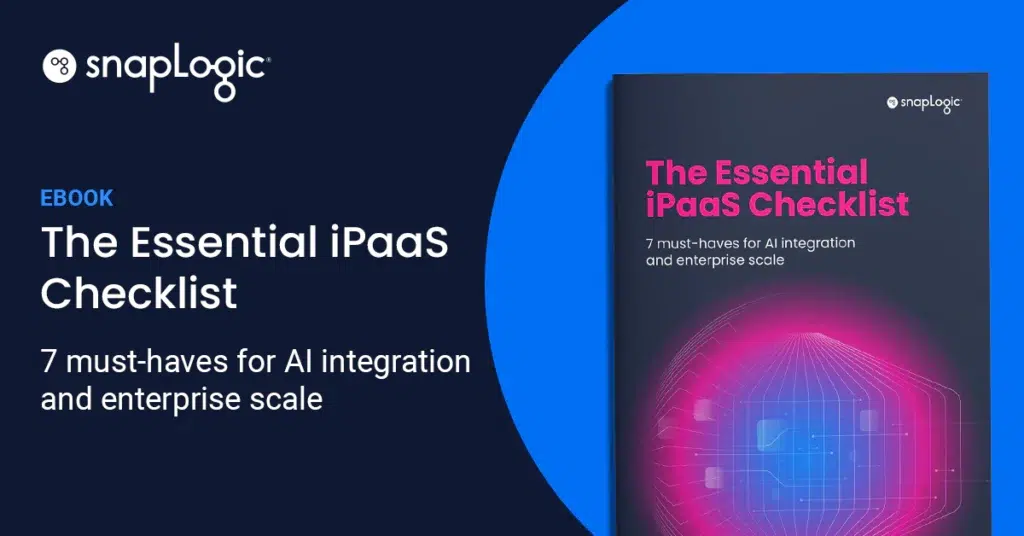What is semantic search?
Semantic search refers to a search technology that aims to improve search accuracy by understanding the contextual meaning of search terms, rather than relying solely on literal matches of keywords. It leverages natural language processing (NLP) and machine learning to comprehend the intent behind a user’s query and the contextual relationships between words.
This approach enables the search engine to deliver more relevant and meaningful results by considering factors such as synonyms, user intent, query context, and the broader meaning of the content being searched. Semantic search systems are designed to understand the intricacies of human language, providing more accurate and user-centric search experiences.
Business applications of semantic search
Businesses can leverage semantic search in various ways to enhance internal operations and boost customer satisfaction.
Improving business operations
Enhanced knowledge management: Utilize semantic search to create centralized knowledge bases where employees can easily find relevant documents, policies, and procedures by searching with natural language queries.
Employee training and onboarding: Simplify the onboarding process by allowing new employees to quickly find training materials, company guidelines, and answers to common questions.
Efficient data retrieval: Enable employees to retrieve documents, reports, and files efficiently by understanding the context of their queries.
Project management: Allow team members to find relevant project documentation, updates, and communication threads quickly, improving collaboration and productivity.
Enhanced collaboration: Improve the functionality of company intranets by enabling more intuitive search capabilities that understand employee queries contextually. Integrate semantic search into internal communication tools (e.g., Slack, Microsoft Teams) to help employees find relevant messages, files, and conversations easily.
Research and development: Assist R&D teams in gathering and analyzing market research data by providing contextual search capabilities that understand the nuances of complex queries. Help employees find relevant information on past projects, ideas, and innovation efforts, fostering a culture of continuous improvement.
Customer support optimization: Equip support teams with semantic search tools to quickly find relevant solutions, troubleshooting guides, and FAQs, leading to faster resolution times and improved support quality. Enhance the ability to retrieve past support cases and relevant documentation, aiding in more effective issue resolution.
Boosting customer satisfaction
Personalization and recommendation: Implement semantic search on customer-facing websites to provide more accurate and relevant search results, improving user experience and satisfaction. Enhance recommendation engines, offering customers products and services that closely match their preferences and needs.
Customer support and self-service: Enable customers to find answers to their questions quickly by integrating semantic search into FAQ sections and support portals. Enhance the capabilities of chatbots and virtual assistants to understand and respond to customer queries more accurately and contextually.
Content discovery: Deliver personalized content, such as articles, videos, and blogs, based on the context of customer searches and preferences. Automatically update and organize FAQs and help sections based on the most common and contextually relevant customer queries.
Feedback and sentiment analysis: Analyze customer feedback and reviews, identifying common themes and sentiments to address issues proactively and improve products or services. Monitor social media platforms for customer mentions and comments, allowing businesses to respond promptly and appropriately.
Marketing and lead generation: Enhance marketing campaigns by using semantic search to understand customer preferences and behaviors, enabling more targeted and relevant promotions. Identify potential customers based on the context and intent of their online behavior and queries.
By integrating semantic search into various business processes, companies can streamline internal operations, enhance employee productivity, and significantly improve customer satisfaction through more personalized and efficient interactions.








